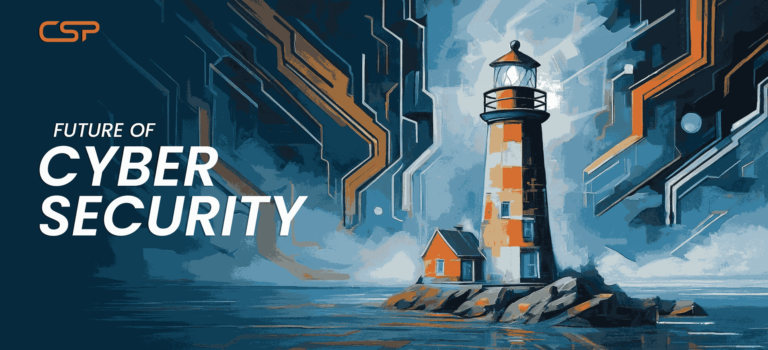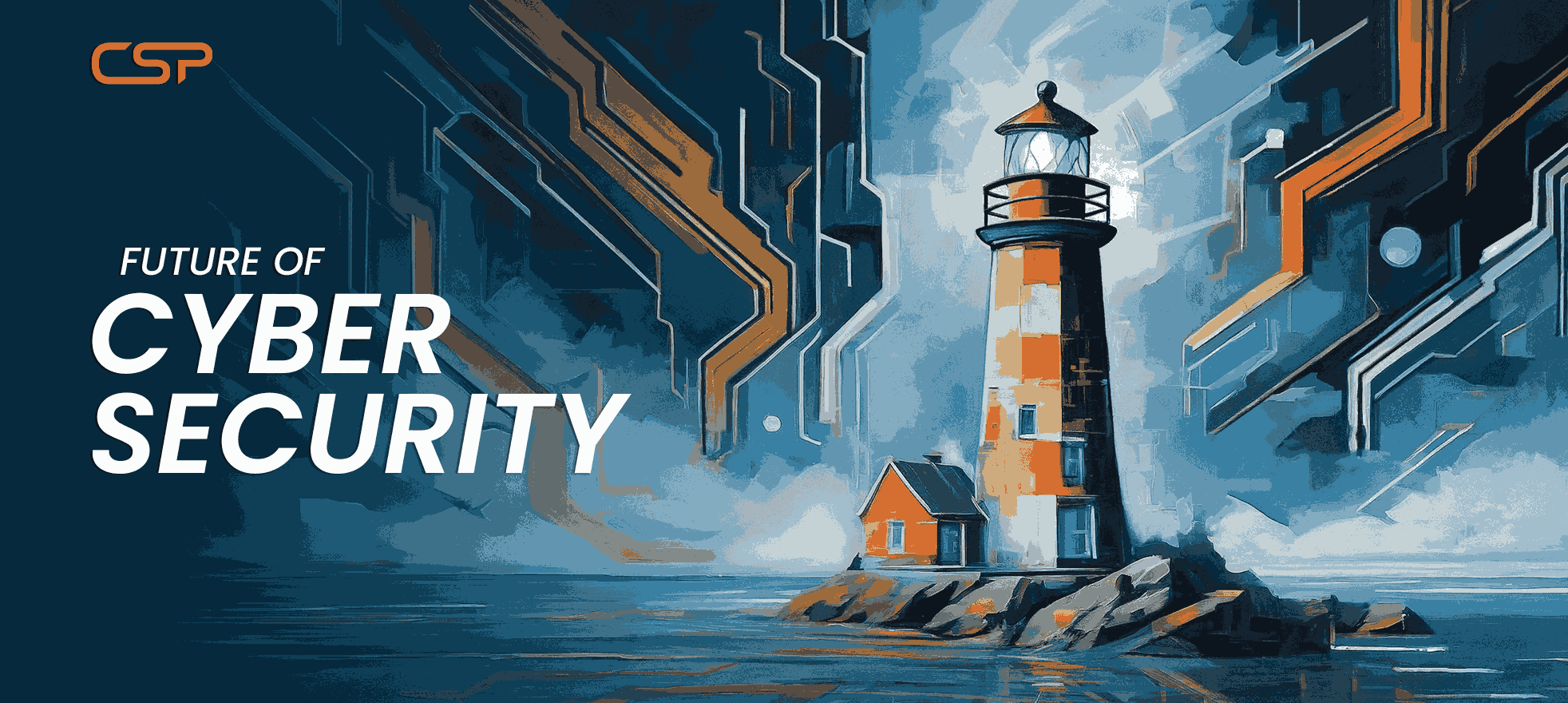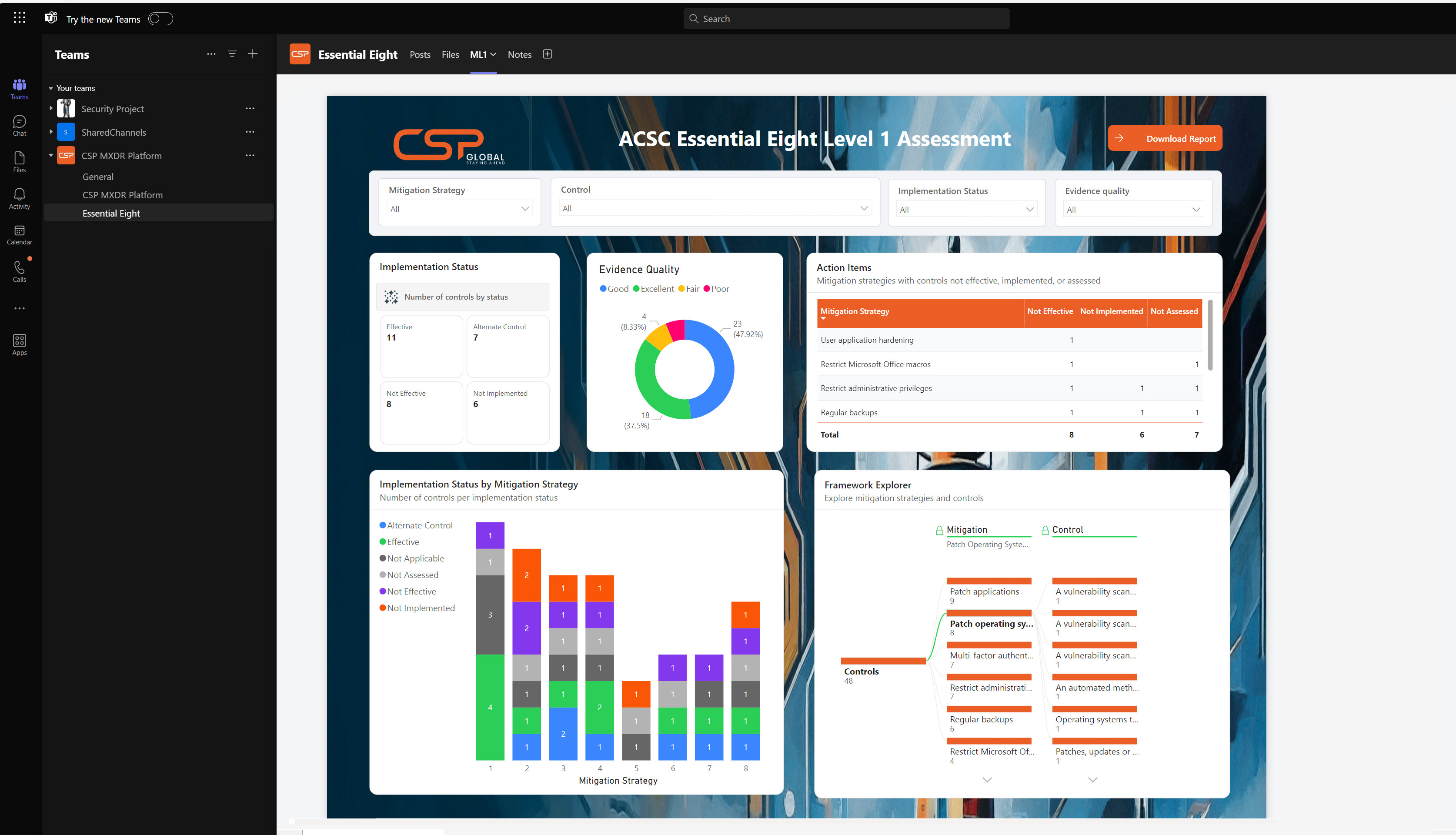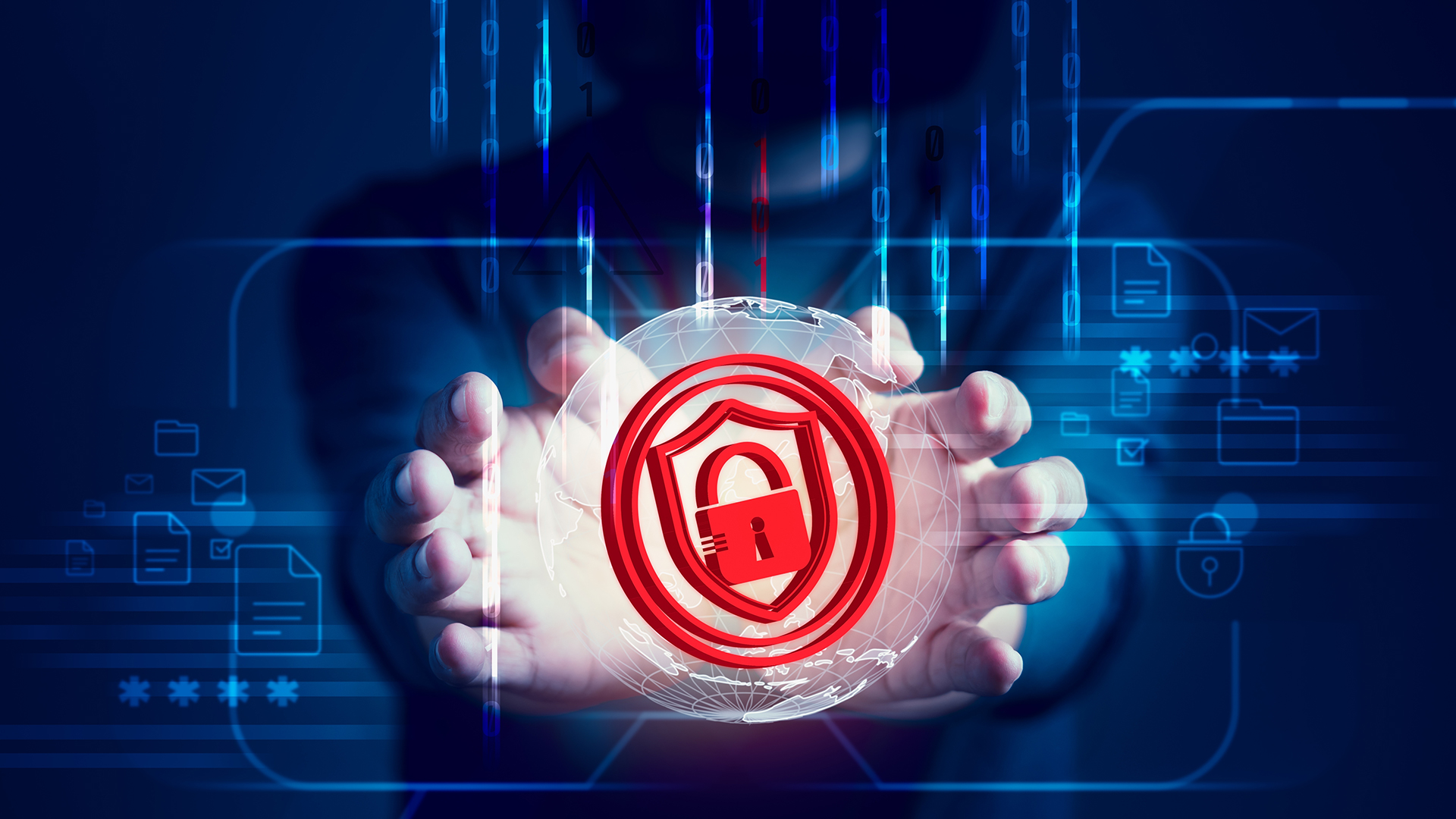In a world where it takes only 72 minutes for a threat actor to infiltrate an organization’s private data following a phishing attack, the urgency of robust cybersecurity is undeniable. At CSP, we understand that every minute is crucial. Our commitment to early warning signs, rapid response, and proactive protection, ensures that your organization remains secure against even the most sophisticated threats.
Password attacks occur at a staggering rate of 4,000 per second—a nearly four-fold increase in just two years—the landscape of cybersecurity threats continues to evolve at an alarming pace.
The rise of large language models (LLMs) and generative AI being used by bad actors to research and plan cyber-attacks marks a pivotal moment in the ongoing battle to protect our digital world. Everyone in Australia has a role in safeguarding the nation against these relentless cyber threats. Cyber resilience demands a multifaceted approach encompassing skills, technology, infrastructure, and a cyber-smart culture. It requires extraordinary levels of collaboration.
The Need for Collaboration
Cyber threat actors have escalated their cooperation, exemplified by the rise of cybercrime-as-a-service. Threat actors are teaming up, sharing capabilities, and scaling their operations in ways never seen before. In response, defenders must create equally robust partnerships across public and private sectors to outpace these threats. The asymmetric nature of cybersecurity means threat actors only need to succeed once, while defenders must be vigilant and successful every time.
Effective Disruption through CTIS
The Australian Signals Directorate’s (ASD’s) Cyber Threat Intelligence Sharing (CTIS) is a two-way sharing platform that enables government and industry partners to receive and share information about malicious cyber activity at machine speed.
Coordinated collaboration across government, industry, and international borders has yielded significant successes in disrupting and dismantling cyber threat actors. The joint effort between CTIS and CSP underscores the value of ongoing partnerships and iterative efforts in cybersecurity.
CSP’s Role in Accelerating Collaboration
As CSP, we have seen firsthand how faster collaboration between defenders can drive broader impacts, protecting more people and organizations. Our involvement in the ASD’s CTIS program has been instrumental in several high-impact cases:
- Phishing Domain Disruption: When a partner reported a Microsoft Office 365 phishing domain, the ASD’s analysis led to the identification of 129 related malicious domains. The immediate dissemination of this intelligence enabled CSP to block or monitor these threats, while a domain takedown request eliminated the phishing activity within the Australian IP range for government entities.
- Ransomware Threat Mitigation: Ransomware remains a formidable cybercrime threat. Through the CTIS and CSP, multiple contacts reported and monitored the activities of the Ransomware Group. The timely sharing of detailed information and tailored mitigation advice by the ASD allowed our customers to deter and protect against this persistent threat effectively.

Lessons Learnt and the Path Forward
The CTIS and CSP collaboration highlights several key lessons:
- Rapid Information Sharing: Timely and accurate dissemination of threat intelligence can significantly enhance the ability to counteract cyber threats.
- Collaborative Defense: Partnerships between government, industry, and international entities are crucial in the fight against cybercrime.
- Proactive Measures: Identifying and acting on threats proactively can prevent widespread damage and disruption.
By fostering a culture of collaboration and leveraging advanced threat intelligence sharing mechanisms, CSPs can play a vital role in enhancing the cybersecurity posture for our customers.
If you would like to learn more about CTIS Threat Intelligence for Australia or any other services then reach out to us at info@csp.global














